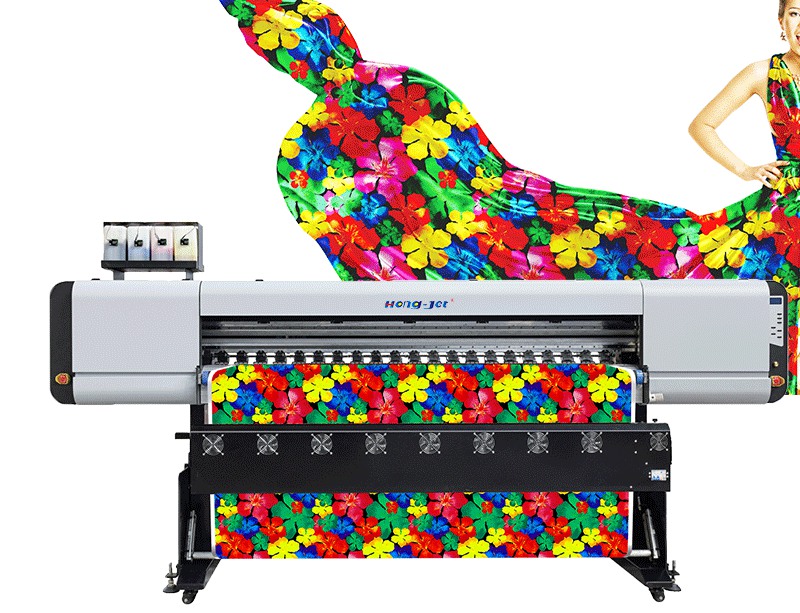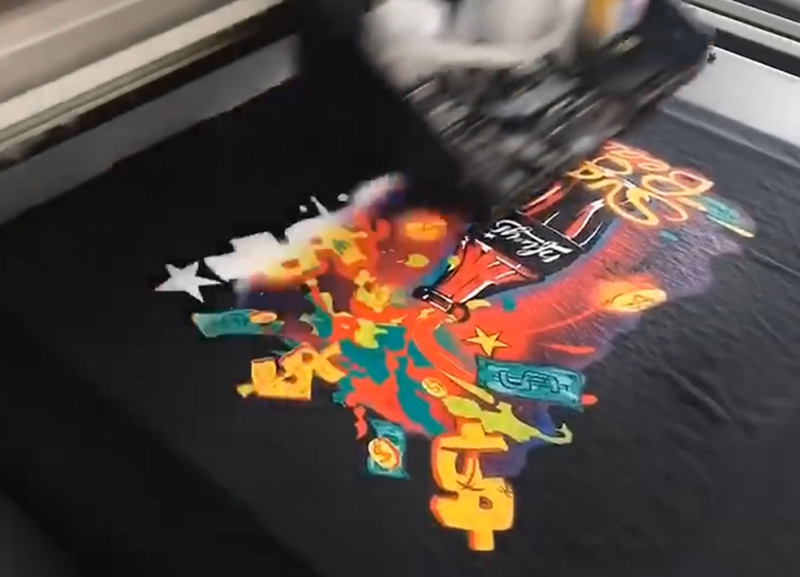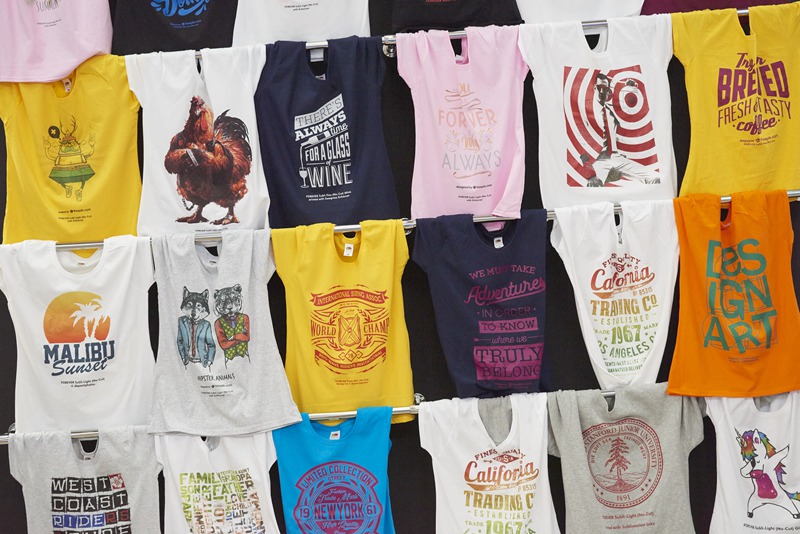 Oct 15,2025
Oct 15,2025
With the advantages of inkjet printing and new technological advancements, more apparel manufacturers use digital printers, and the digital textile printing market is expanding. Direct-to-film and direct-to-garment applications are particularly experiencing rapid growth.
The digital textile printing market continues to grow, supported by strong demand for sustainable, customizable, and fast textile printing solutions. Sublimation printing and direct-to-garment (DTG) printing continue to play a significant role in the textile market and are expected to remain essential for years to come.
With the growing demand for product customization, more print shops are using sublimation and DTG to better control print quality, lead times, turnaround times, and customer satisfaction, further driving market growth.
The digital textile printing market is expanding as businesses of all sizes recognize the advantages of digital textile printing in terms of efficiency, customization, and sustainability. Direct-to-garment (DTG) printers, capable of delivering high-quality, high-volume production, are driving this trend.

Key Markets for Digital Textile Printing
Apparel, home decoration, and soft signage remain the primary markets for digital textile printing. The largest market for digital textile printing is personalized soft goods, including T-shirts, sweatshirts, as well as accessories, including fabric hats, tote bags, and socks.
Historically, the serviceable address market for dye sublimation has encompassed three main categories: signage (for events, residential/commercial properties, and businesses); amenities—on fabric or metallic media; fashion (particularly athleisure wear, cycling jerseys, soccer jerseys, and high fashion—anything requiring vibrant color); and brand ambassadors, personal soft goods, and home goods (promotional giveaways, mugs/glasses, eyeglass cases and microfiber cloths, mouse pads, scarves, socks, tote bags/handbags, pillows/home decor accessories, beach towels, blankets, and curtains).
While all images and designs are printed using dye-sublimation printers, the heat transfer process, depending on the state of the final product, allows designs to be superimposed onto finished products (such as a notebook with a faux leather cover), onto flat patterns (such as overlaying a soccer jersey pattern), and onto fabric.
The Asia-Pacific region has historically been the largest textile producer, and this momentum continues, actively adopting digital printing as the digital fashion and apparel market is experiencing significant growth. Fashion and apparel is the largest industry by volume, followed by home decor. The fastest growth is likely to be in direct-to-garment (DTG) printing, which is experiencing significant growth in the US and Europe.

The Largest Markets for Digital Textile Printing Are as Follows:
• Fashion & Apparel: Fast fashion brands and boutique designers rely on digital printing for rapid sampling, short-run production, and the ability to launch new designs without extensive inventory.
• Sportswear: With fabrics like polyester blends dominating this category, dye-sublimation solutions have become essential.
• Home Decoration & Soft Signage: Curtains, upholstery, banners, and exhibition graphics all benefit from the vibrant colors and durability of digital printing.
• Promotional & Custom Product: DTF printing are well-suited for this sector, enabling short-run production of T-shirts, tote bags, and other personalized products.
The largest market is --primarily fashion and apparel, followed by home decor (such as curtains, canvas, bedding, and upholstery) and soft signage (such as banners and flags). The demand for unique, customized, and on-demand products in these industries is driving market growth.
Emerging Markets for Digitally Printed Textiles
DTG printing is a rapidly growing market, as are technical and industrial fabrics such as automotive interiors, medical fabrics, and specialized outdoor gear. Several emerging applications are driving the next wave of growth in digital textile printing, including on-demand micro-factories, sustainable textiles, interior customization, and hybrid production.
Some emerging markets include sports and performance apparel, healthcare textiles, and promotional products such as customized bags, towels, and other increasingly popular fabric-based promotional items.
